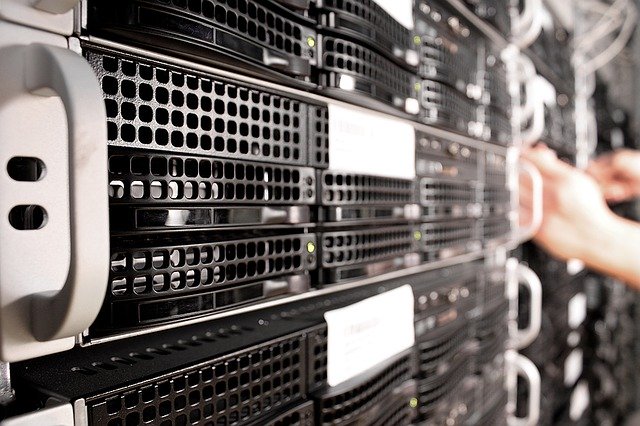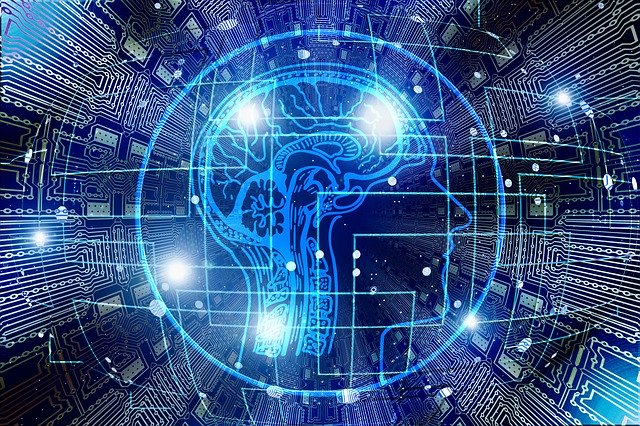Which technologies are waiting us for next 10 years?
With the developing technology, all devices, codes and materials are changing. All developments are energizing the innovation age. It would be useless to think about what will remain the same in 10 years. Because everything will change. Let’s take a look at the innovations that will continue with acceleration compared to the past.

1.IoT
The internet of things, or IoT, is an ability to transfering data provided with unique identifiers (UIDs). Think about a system that interrelated computing devices, digital machines, mechanicals, objects, people or animals. Also this system doesn’t need any interaction for human-to-human or human-to-computer.
An IoT system includes sensors/devices that connected to cloud with a kind of connectivity. The software processes the data that have come to cloud and decide what to do. Sending an alert or automatically modify the sensors or devices for users are the actions for the software.
So what are the examples of objects for Iot? Security systems, wi-fi connected baby monitors, alarm clocks, thermostats, lights, video doorbells, electronic appliances, commercial environments, vending machines, speaker systems, even toys and more.

2. Big Data
Big Data is becoming active in all areas of our lives. Data is processed through traditional database and software. It is constantly looking for new information to offer more efficient products and develop new products. Devices used with big data also show continuous improvement.
Customer behavior analysis; social media, GPS-enabled devices and CCTV images. Thus, more useful and simple products can be produced. Its use is increasing from insurance companies to all types of businesses and industries.
Individual information security, moral violations may be involved. There are policies that governments should take for this danger. In this way, it can protect the security of both companies and their citizens.

3. Distributed Cloud Computing
Cloud Computing is the use of hardware and software over the network to provide a service. Distributed cloud providers do not work with data on network edge devices. It works mainly in data centers with geographically dispersed infrastructure.
Cloud computing is actually a marketing term. It is also a term that covers a wide range of different services and calculation models. It also refers to IT solutions.
Google’s Gmail is an example of a Cloud Computing provider. It can access stored files and apps from any device. Just having the internet is enough.
4. Artificial Intelligence (AI) Security
Artificial Intelligence (AI) security includes tools and techniques used against potential cyber attacks. It analyzes past events and uses AI to decide which action to take. It is trained by collecting billions of data from sources such as blogs and news stories. Through deep learning techniques, it tries to understand cyber risk and develops itself.
Artificial intelligence and ML (Machine learning ) application area will expand in 10 years. Skills such as strengthening automation and developing self-directed things will increase and shape the future of work and jobs.
5. 5G
An extremely fast network integrity has become effective all over the world. The developing new systems force all other old systems to be compatible. Systems that can work together and communicate will bring developments that we cannot imagine.
For more information, You can take a look at our article; “What Do You Know About 5G Technology?” (link: https://allthego.net/technology/what-do-you-know-about-5g-technology/)

6. 3D printing
With this technology, the desired model is reprinted with a computerized model. Manufacturing takes place in cooperation with programming, equipment and materials.
3D printing is a much different process than CNC machining or Injection forming. The 3D printer works mainly by spraying molten plastic through a small hole with computer control. Waiting to dry between layers, it starts to create a new layer.
Metal 3d printing is an additional layer technology. … The process takes place in the powder bed. It is formed by growing and shaping metal parts in a powder metal bed.
Rapid Prototyping, flexibility, low costs, tangible design and product testing, risk reduction are some of the advantages
7. Augmented Reality (AR) and Virtual Reality (VR)
The expression of augmented reality, often abbreviated as AR, is a simple combination of real and virtual worlds produced by the computer. It is created by adding additional digital layers over the image captured by the video or camera.
Augment Reality improves the understanding of the customer with its added layers. In this way, it can be used in many professions, from architecture to engineering. An architectural company that can show how to make the interior design of a room with a pair of glasses will make a more effective sale than 3D drawing. In this way, constructions can start without making mistakes in city planning.
8. Voice and Music Technologies
After 15 years with an application developed by the “Not Impossible” team, Mr. Don (ALS Patient) was able to say to his wife “I Love You” for the first time.
Innovative headphones (Here Active Listening system by Doppler Labs) allow you to control the sound of the outside world. This is an innovation for everyone. A technology that makes us feel better.
Systems that collect all the environmental sounds and organize events accordingly, and can determine from your music style to the sound level. All these developments are a mixture of IoT (tools and controls), AI (administrations) and UX (collaboration). Orders can be given to groups and notes can be directed. Data can be shared, meetings can be organized or phone calls can be made.
Will technologies that collect brain frequencies and turn them into words will give robots power of thought? We’ll see…

9. Biometric innovation
Biometrics is the measurement and statistical analysis of physical and behavioral features that are not alike. Biometric authentication is based on this uniqueness.
Forget traditional ways of defining and validating now. With advances in biometric technology, your handwriting, fingerprints or facial expressions define you.
Thanks to our extraordinary natural qualities, we have overcome many problems in evidence and verification.
10. Blockchain
Blockchain innovation accelerates data trading financially and more and more easily.
Blockchain is a “block chain” as the word suggests, but words are not used in their traditional sense. Digital information (block) stored in a public database (chain) is mentioned. It makes data trade financially meaningful and easy and speeds it up.
11. Digital Security
Digital security risk; computer software, hardware, and data, information, or processing capacity may cause loss or damage.
The important thing is to be able to go back to the old after the cyber attack. It should not take long for systems, devices, and projects to become available again. It can harm companies and individual lives.
All these developments can have many advantages for some organizations. Of course it will also create some difficulties.
It is necessary to foresee change, to be open to innovations and to improve itself. Staying in the market will be possible by keeping up with the technology.


